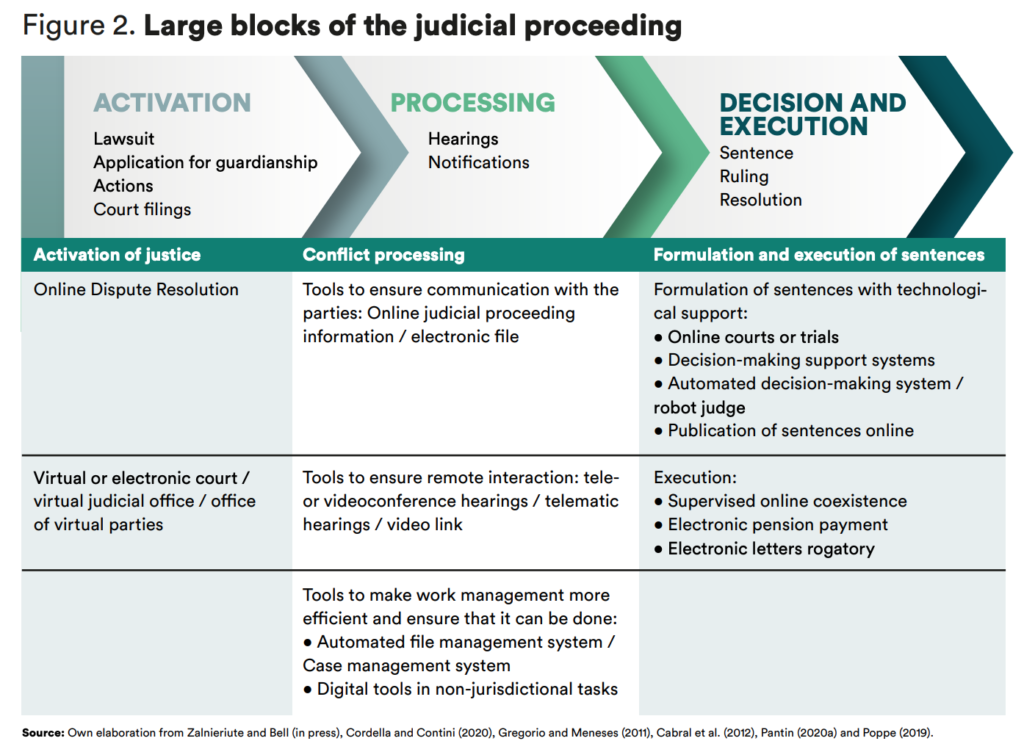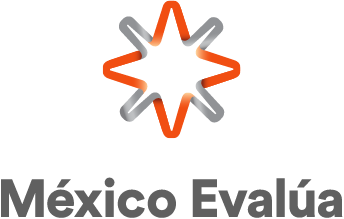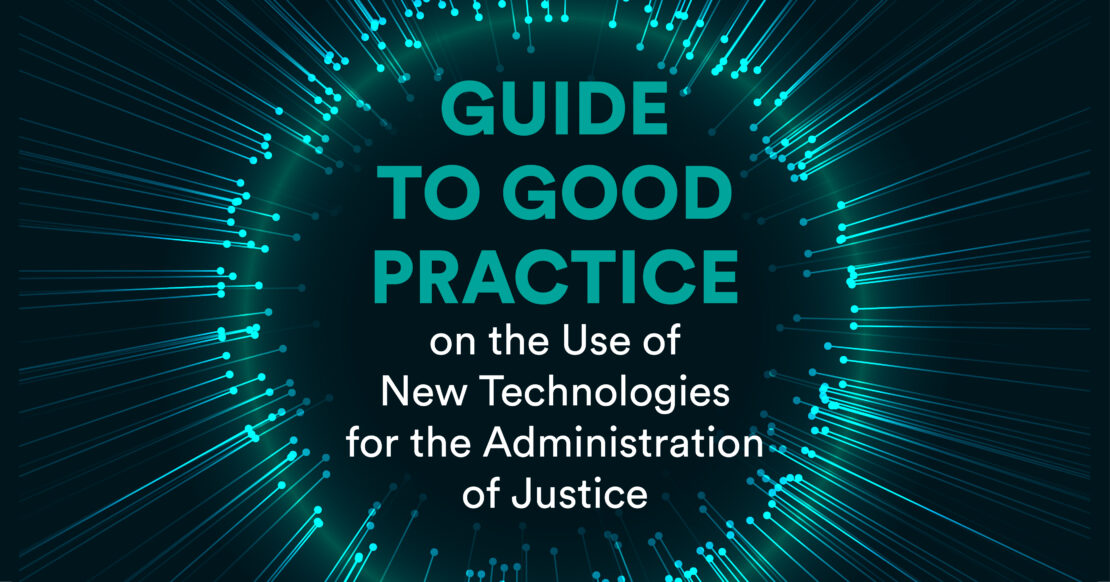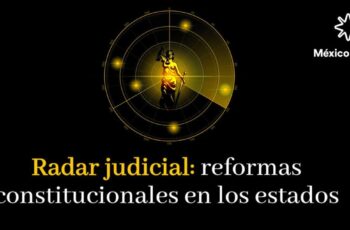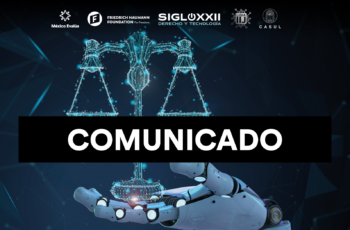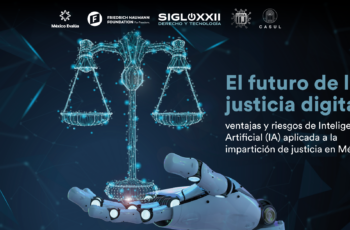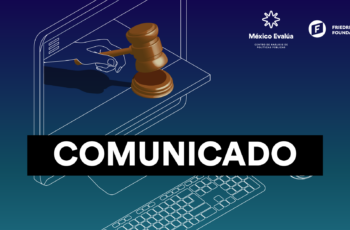Guide to Good Practice on the Use of New Technologies for the Administration of Justice
This document offers a brief review of decisions, initiatives and implementation processes of various policies designed by the judiciary to incorporate the use of new technologies in their work. We are interested in highlighting the role that these tools can play not only in diversifying the means through which the public accesses the service of imparting justice, but also in facilitating and improving the organization of work in the courts and tribunals. We also analyzed the way in which the application of certain technological developments in justiciary tasks, in particular tele or videoconferences, has redefined the traditional structure of the judicial proceeding by allowing remote, simultaneous and collective interaction of the subjects involved. We also reflect on the dilemmas, viability and not always intended effects of the use of new technologies in the administration of justice.
(…)
We chose to analyze them from the focus of the procedural moment in which they intervene, that is, from the user’s perspective, because although technological solutions may have a wide range of objectives, it seems to us that, behind any technological development, the goal of facilitating, expanding and improving citizens’ access to justice should always prevail. We report several experiences aimed at reorganizing the processing of legal proceedings in the various phases that structure them, from the activation stage procedural (filing of lawsuit or judicialization of a criminal investigation) to the execution of court rulings (judgments, arbitral awards), passing through the processing of cases (hearings, proceedings). We would like to emphasize that access to justice includes everything from the processing of cases to the timely enforcement of court rulings. That vision can be summarized with the following figure:
